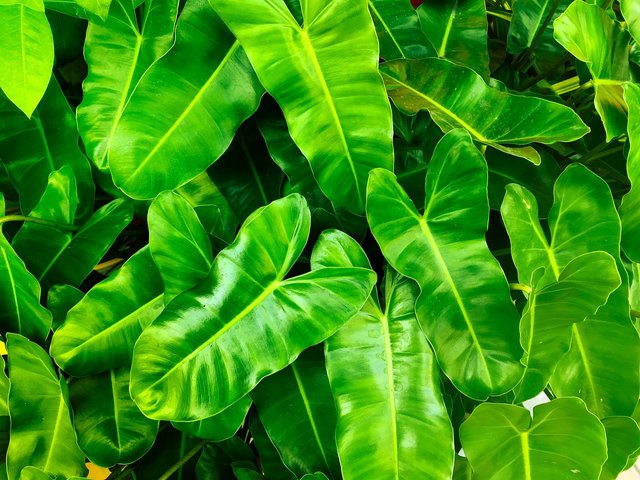Basic Knowledge in Agriculture #4
Basic Knowledge in Agriculture #4

Agricultural cultivation certainly cannot be separated from problems that disrupt plants and even threaten the success of the harvest. Every disturbance experienced by plants has the potential to reduce harvest productivity, and can even be a cause of failure. Therefore, we must try to handle every disturbance in plants so that the detrimental impacts can be minimized as soon as possible, as efficiently and effectively as possible. Efficiency and effectiveness can be achieved if we utilize the right means and methods according to the type of disturbance that occurs. Therefore, we must really recognize the causes of these physiological disturbances, both from physical symptoms, chronology of treatment on plants, and observing environmental conditions.
Any disturbance in plants caused by living things or organisms is called a biotic factor.
Pathogenic
Caused by microorganisms that cause disease or metabolic disorders, including fungi, bacteria, viruses. The entry of microorganisms (bacteria and viruses) or part of the organs (fungal haustoria) of pathogens into plant tissue to cause this disease is called infection.
Detecting the "perpetrator organism" of this pathogenic disorder is difficult to do with the naked eye and requires tools such as a microscope. What can be done to identify the perpetrator is by studying and observing the symptoms.
Non-pathogenic
Caused by organisms that cause physical damage or injury through direct contact, for example rats, caterpillars, insects such as crickets, wireworms, or nematodes. These non-pathogenic pests are usually called pests. Consisting of insects and vertebrates such as rats, birds and wild boars. Although not contagious, the population growth of these pests can cause wider damage and become vectors for infection by pathogenic organisms.
Competition
Caused by competition between the main crop and plants that are considered as nuisances such as grass and weeds in the struggle for nutrients and usually causes losses for the main crop.
Planting plants in pots is an alternative for those who do not have land or soil to grow plants. Planting plants in pots has more advantages than directly into the ground.
Plant placement can be arranged
Planting plants in pots can be arranged properly according to the yard area. In addition, plants in pots can also be placed in the desired place.Potted plants can be moved easily
Because they are placed in pots, plants can be moved easily to a new desired location. This cannot be done with plants that are placed directly on the ground.Adding beauty
Planting plants in pots can produce a more beautiful and attractive appearance. This will be better if you use an attractive plant pot design to add beauty.Easy to get fertile planting media
Potted plants can be filled directly using fertile planting media. Ultimately, the growth of plants planted in pots can be better and healthier.Neater Apart from being beautiful, planting plants in pots can provide a neater appearance because the roots and soil are not scattered everywhere.
Monocotyledonous plants are plants that have single or indivisible seeds. Examples of monocotyledonous plants are corn, bamboo, rice, kale, nutsedge, coconut, turmeric, ginger, orchids, bananas, pineapples, and pacing.
Dicotyledonous plants are defined as plants that have two cotyledon seeds. Examples of plants that fall into the dicotyledonous group are mango, papaya, cempedak, betel, starfruit, rubber plants, castor trees, legumes, chilies, and tomatoes.
Monocotyledonous plants: Rice, corn, bamboo, orchids, and coconuts
Dicotyledonous plants: Tomatoes, roses, apples, peas, and potatoes